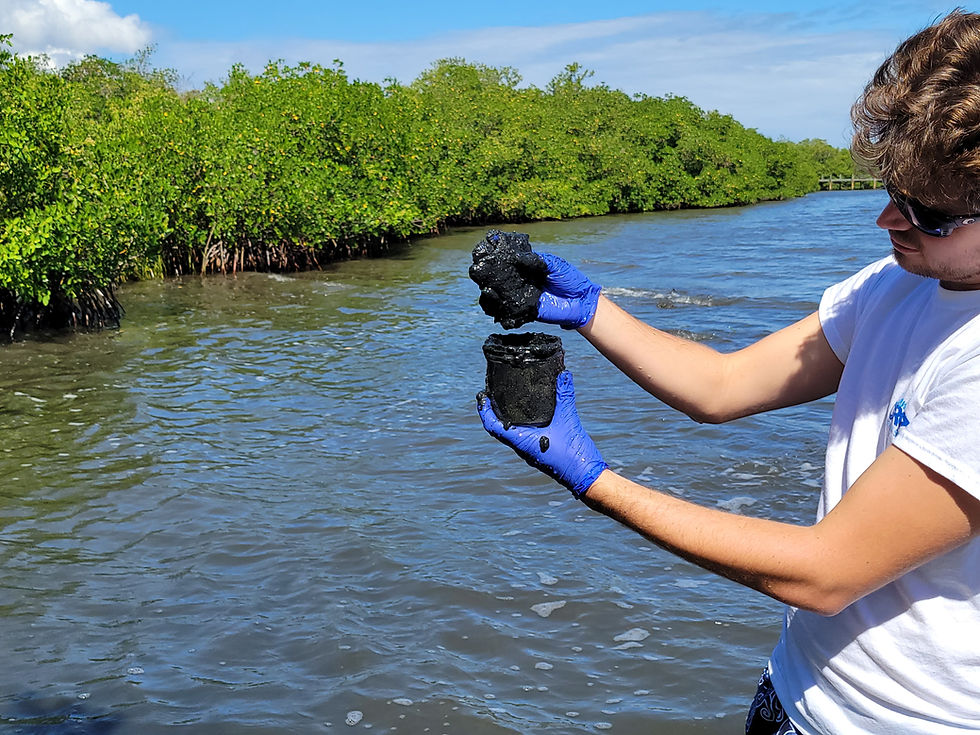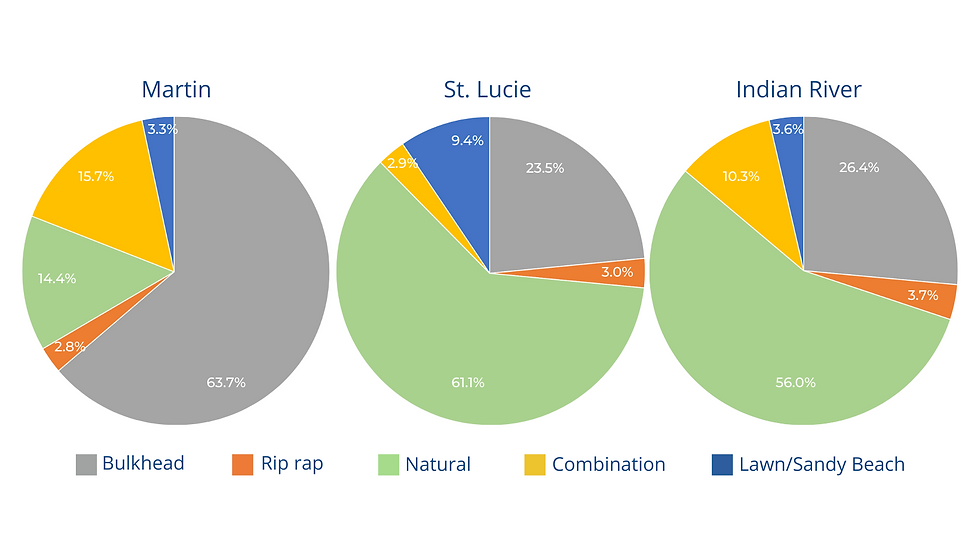ORCA Mapping Pollution & Finding Solutions
- Inside Track Almanac
- Mar 24, 2022
- 2 min read
Updated: Apr 23, 2022
Ocean Research & Conservation Association (ORCA) is the nation’s first technology-based marine conservation association and is dedicated to the protection and restoration of aquatic ecosystems and the species they sustain through the development of innovative technologies, science based conservation action, and community education and outreach.
Save Our Lagoon and its Wildlife
(ORCA) A record number of manatee deaths are yet another indicator of the deteriorating health of the Indian River Lagoon. By restoring the lagoon we can save the species it sustains. The pollution entering our local waterways is a complicated issue that is threatening our economy as well as the health of humans and animals.

One of the major problems in our local waterways is muck. Muck binds toxicants such as heavy metals, but it is also a source of hydrogen sulfide, which is highly toxic. The muck acts as a source for nutrients that feed toxic algae blooms, and it smothers life, including sea grass, a primary food source for manatees.

ORCA's pollution mapping projects are designed to localize pollution so it can be stopped at its source. ORCA researchers test muck samples for a wide array of easily measured toxicity and nutrient parameters. The results are mapped to show pollution hot-spots, identifying areas where the pollution is accumulating and ultimately where it originates.
A pollution map from a recent project in the South Fork of the St. Lucie River shows regions of accumulated total nitrogen in the sediments. This project was funded by The Community Foundation Martin - St. Lucie through The Frances Langford Fund and TCFMSL Environmental Action Fund.
There are many different forms of pollution entering the Indian River Lagoon and the St. Lucie Estuary, but there is one commonality – most pollution is carried into the lagoon through storm water runoff.
In the early days of settlement, Florida’s agriculture and landscaping focused on getting the water off the land as quickly as possible. Although this seemed like a good idea at the time, an unintended consequence was the elimination of natural filtration. Therefore, one of the simplest approaches to improving water quality is to slow the flow of rainwater and irrigation off the land into the lagoon, in order to reintroduce nature’s own incredibly effective purification systems.
Planting native vegetation buffers along a seawall or shoreline filters out much of the sediment, nutrients, and other pollutants that are washed off the land during a rain storm or with irrigation water, preventing them from entering the waterways. By including berms (earthen barriers) and swales (sunken areas) parallel to the shoreline, we can further slow the flow of water from lawns into these areas, and thereby reduce the pollution entering the lagoon.
There is lots of room for such improvements as evidenced by ORCA’s recent shoreline survey in Martin, St. Lucie and Indian River Counties, which shows the percentages of seawalls (bulkheads) compared to natural shorelines in each county.

As part of ORCA’s Land-to-Sea Initiative, we are encouraging waterfront property owners with turf grass planted right up to a bulkhead to add a buffer to their shoreline. Please visit www.teamorca.org to learn more about buffered shorelines.
Funding for the shoreline survey was provided by: Indian River Lagoon National Estuary Program and the 11th Hour Racing’s grant program, funded by The Schmidt Family Foundation.
